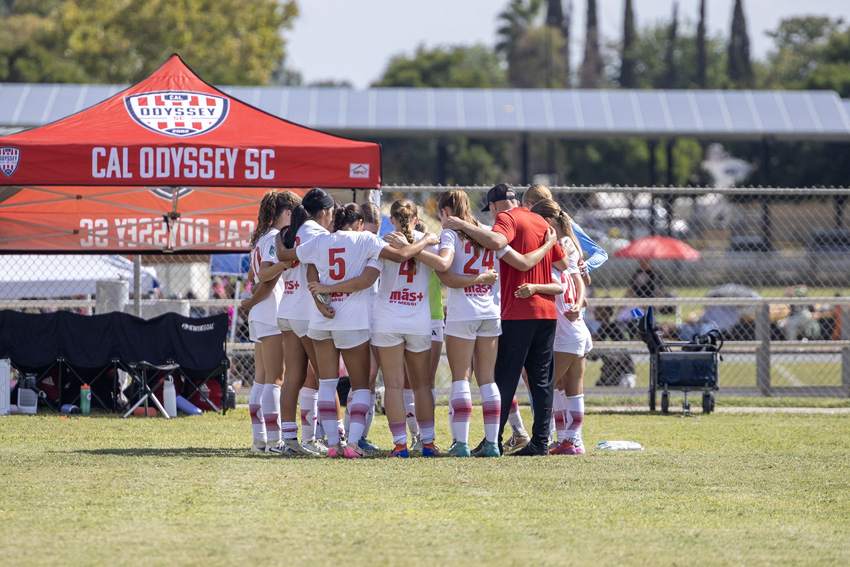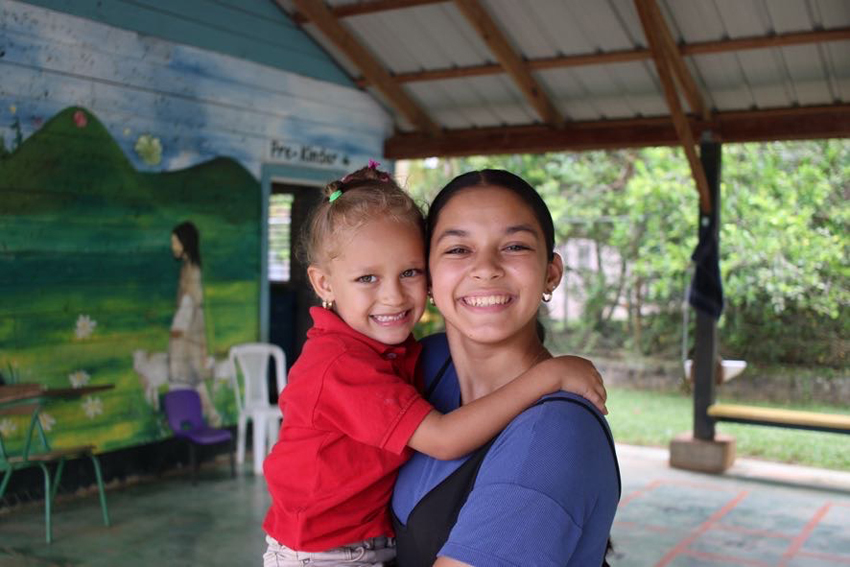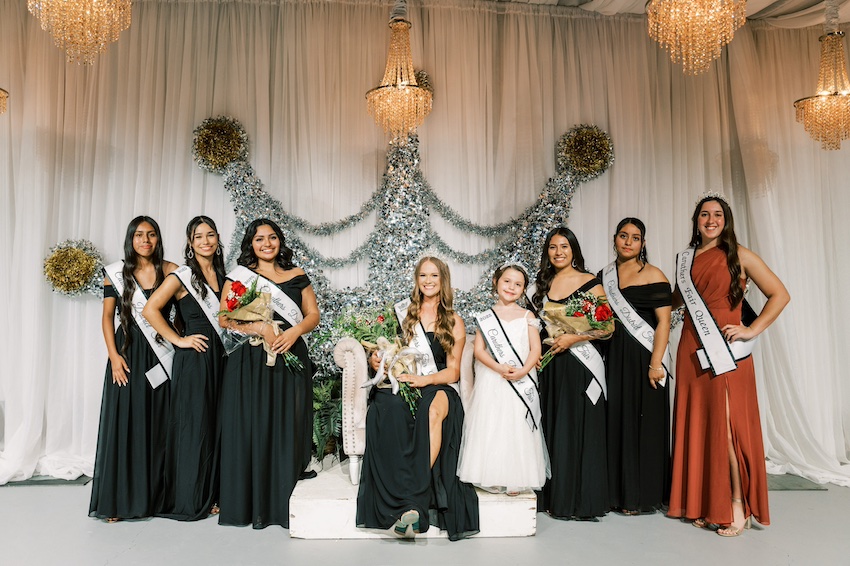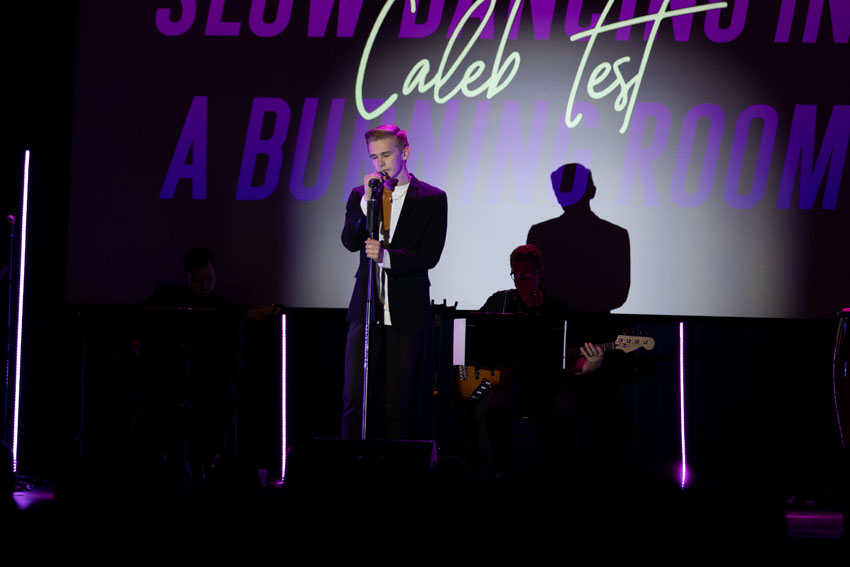Since its founding in 1988 by Lewis S. Eaton, the San Joaquin River Parkway and Conservation Trust has worked to purchase and restore the land around the San Joaquin River, creating green space and wildlife habitats, and preserving the river for future generations.
Over the years, the Parkway has constructed numerous trails, picnic areas and river access points, allowing families and members of the community to enjoy the river in a variety of ways.
Deputy Director Sharon Weaver says that the Parkway began with purchases of properties on the river for the purpose of restoring them and preserving them for the enjoyment of people in the community not only now but also in the future. In addition to the benefits it provides for residents in the San Joaquin River Valley, the restored land also supplies wildlife habitats for river animals such as fish, birds and small mammals.
“We started out by buying land along the river from willing buyers and conserving this land for all the public to enjoy,” Weaver said. “One of the first projects that we did was the land acquisition of a property that’s called Rank Island, which is a real island in the river. It’s now owned by the Department of Fish and Wildlife, which is a state agency, and the agency now holds that for wildlife habitat. So we’re creating a parkway with green space for wildlife, public parks and open space for people.”
Although many residents in and around the Fresno area are unaware of not only the Parkway but also the river itself, Weaver says that the Parkway has been extremely active and consistent in its efforts to create and conserve the San Joaquin River Valley and Parkway.
“We were founded back in 1988 so we just celebrated our 25th anniversary,” Weaver said. “We’ve actually been very active along the San Joaquin River for all of those 25 years. Because most people are busy with their everyday lives and aren’t worried about going to land use hearings or working on public land use issues the way we are, a lot of people just aren’t aware of the work that’s going on to create the San Joaquin River Parkway.”
According to Weaver, the parkway has been able to accomplish all that it has because of the commitment and service of its members, some since its founding and others who have joined the effort along the way.
“It’s been a really steady effort,” Weaver said. “We have a very committed group of people and a really solid board of directors, many of whom have been with us for several decades in their service. Our chairman of the board, Coke Hallowell, was one of our founding board members and she’s still on the board. She’s had such an influence in helping to create the San Joaquin River Parkway over the years. We have a number of people like that who are involved with our organization, and it’s really benefitted from the commitment of all those different people involved.”
Sarah Parkes, the Parkway’s Program Director, says that although the parkway has been under the radar over the years, it has never stopped working in and around the river, restoring, maintaining and developing it for the public to enjoy.
“It’s probably accurate to say that it’s under the radar, but I think it’s more that the public just doesn’t really know about the river and what’s going on out here,” Parkes said. “I wouldn’t say that we ever stopped working on the creation of the Parkway. It’s just that the work happens as projects come up.”
Since its founding, the parkway has created trails, educated children as well as adults about the river and provided opportunities for outdoor recreation such as kayaking and nature walks. Most recently, it has focused its efforts on the River West Project, an extension of the trail along Friant Road from Friant Dam to Highway 99.
“There’s been a lot of things happening in the last couple of years, most specifically the River West Project,” Parkes said. “It is a trail extension project, and we’ve been very engaged in that. I think that’s kind of helped the public get reengaged in our work.”
Weaver says that the parkway has completed about six miles of the will-be 22-mile trail, a small portion of which is currently maintained by the parkway, and the rest of which is under the care of the City of Fresno.
“The Lewis S. Eaton Trail is the trail you see along Friant Road, and that’s the part of the trail that we expect to be the main parkway trail,” Weaver said. “Someday we hope for it to extend from Friant Dam all the way out to Highway 99, which is a 22-mile stretch of the river. We do have one segment of trail that’s on our property here at the River Center, so we maintain that portion, but the rest is maintained by the City of Fresno.”
Although the City of Fresno was initially willing to take control of the parkway’s next anticipated section of constructed trail, the area next to Highway 41, for now it will not be able to maintain it because of the budget cuts it has been forced to make with the state of the economy, creating an obstacle to the project’s completion.
“The next section of trail that we’d like to build is over on the River West property west of Highway 41,” Weaver said. “Originally the City of Fresno was open to maintaining that too, but they’ve had so many budget cuts over the last few years that they don’t have the resources to maintain a new section of trail. That’s the main hurdle that we’re facing right now.”
For the Parkway to be able to restore and conserve land next to the river, the land first must be purchased from public ownership and then money provided to not only open the land up to the public but also to operate and maintain it.
“None of this land was under public ownership at the time [when we started],” Weaver said. “It was all privately owned, so it’s taken a lot of time to buy the land and then we have to go through a planning process to figure out how to fund opening the land up to the public. That’s the process we’re in with the River West area. That land has now been purchased, so it’s in public ownership, but in order for us to open it up to the public, we have to have operations and maintenance funding in place.”
Because the organization is nonprofit, part of the money it needs to operate needs to come from people in the community if its efforts, especially with a project like the River West project, are going to be successful.
“In order for the parkway to really succeed, in order for us to build out these 22 miles of trail, it’s going to take support from the whole community,” Weaver said. “Part of the funding is going to need to come from the community. We all have to agree that this is important for our community. That’s why it’s important for people to know about it, so they will say, ‘Hey, yes, I want that in my community. I want more trails and I want to help fund it to make sure it happens.'”
Parkes says that, because the land is owned by the public, the public needs to get involved if they want to maintain access to and use of the river, helping with the various projects that come up, but also speaking up for the maintenance and conservation of the river.
“This land is publicly owned, and this is the public’s land,” Parkes said. “The public needs to be engaged as these projects come up and they need to speak up for the river and speak up for wanting access to the river so that it can’t be closed off to them. They need to know that it’s their land that this organization is working to protect and open for them in the future.”
Although some people, especially high school students, could not care less about what is going on with the San Joaquin River, Weaver believes it is important that they are informed about it and that they help with its development, as the effort they put in now, or lack thereof, will determine their ability to use and access it later on in life.
“Hopefully some of these students are going to stick around and live in Fresno someday,” Weaver said. “The question you have to ask yourself is, ‘Is this the kind of community that I want to live in when I’m 25 or 30 and married and maybe I have children? What do I want my community to look like?’ The parkway, since it’s still developing right now, is one of those places where high schoolers or college-age students or anybody that’s a young adult can really impact and make a difference for how this is developed in the future.”
Parkes believes that it is crucial that the community is not only informed about the river but also that it works to protect, develop and maintain the river, not only for the present but also for the future access and use of the river.
“I actually didn’t know much about the river until I was in college,” Parkes said. “I think that’s probably the case with people throughout the community. They don’t know that the river is here and that we have this amazing resource right here in our backyard, basically. When I was growing up, I spent a lot of time outside, so I’ve always had a soft spot in my heart for nature and being outdoors. I think what this organization is doing to protect open space is incredibly important for our future generations.”
This writer can be reached on Twitter at @JennaWeimer42. FollowThe Feather via Twitter: @thefeather. The Parkway can be reached on Twitter as well: @SJRPCT.
For more information on the San Joaquin Valley Parkway and Conservation, visit their website, or read the March 27, 2008 article Fresno parkway expansion creates gem.
For more features, see the Nov. 18 article, Gaines stars in drama production, leads cast.






